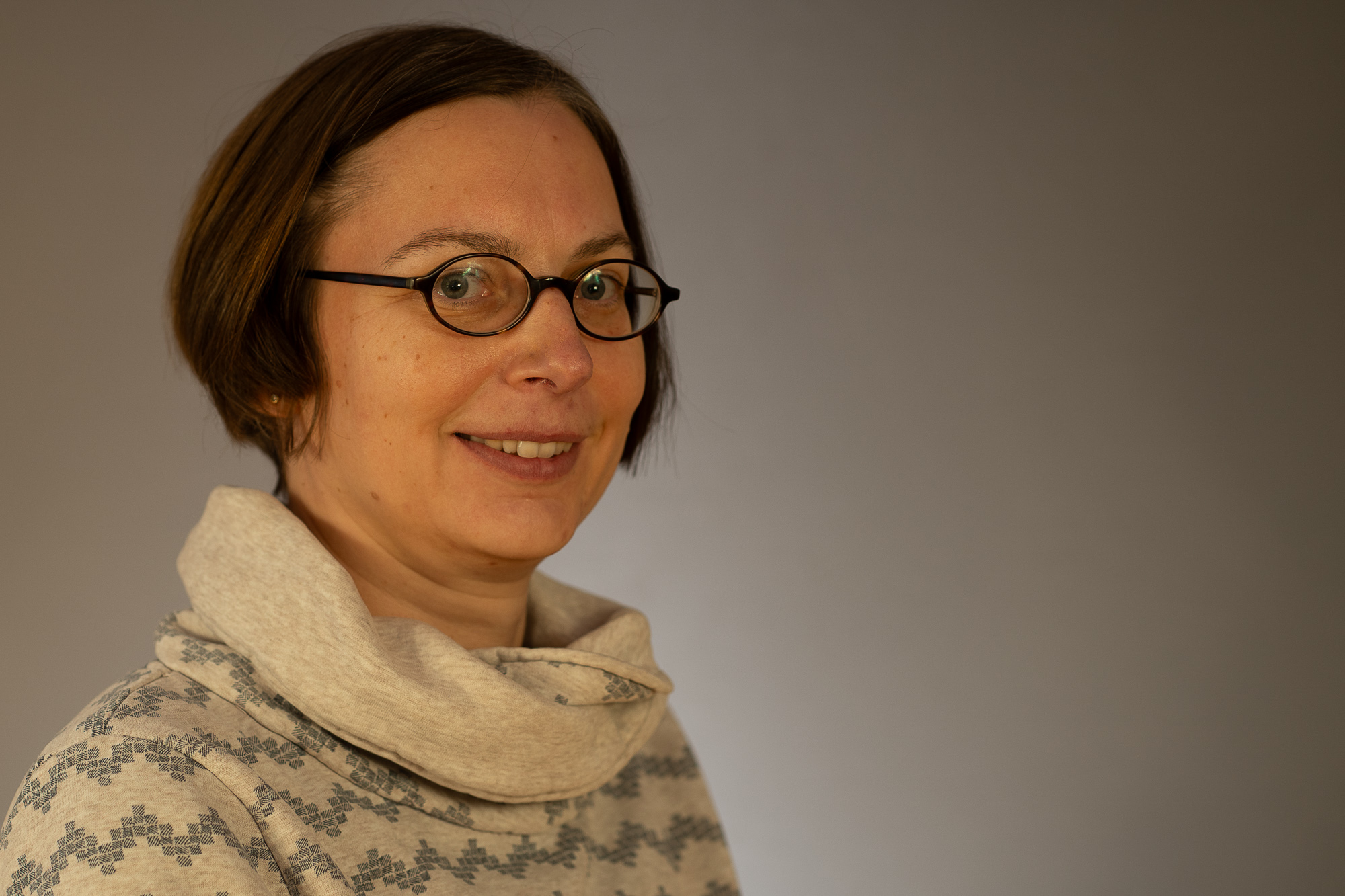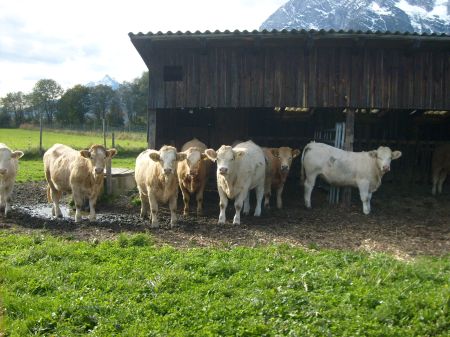The importance of pasture farming has increased significantly in recent years and it can be assumed that alternative beef production (grazing cattle farming and suckler cow farming) in permanent grassland areas will become more popular in the next few years due to the general conditions (high concentrated feed prices, switching from main to part-time employment, work extensification, deployment of feed for the production of renewable energies, preservation of the cultural landscape) will continue to increase. Keeping animals on pasture (dairy cow, mother cow, fattening calf, fattening ox, young cattle) is an example of a labor-extensive, cost-effective, energy-efficient and sustainable low-input system that provides high basic feed qualities and enables good performance with appropriate pasture management.
The present project is intended to clarify in which characteristics of fattening performance (daily weight gain, length of fattening), slaughter performance (culling, meatiness, fat class, valuable cuts) and meat quality (fat color, fatty acid pattern, ingredients, water binding capacity, marbling) pasture fattening differs from stable fattening. An economic evaluation of the two fattening methods is carried out.
The present project is a follow-up to the project on carcass and meat quality of fattening cattle in grassland (pasture vs. silage feeding) that was started in 2008.
In the present project, 20 calves (Fleckvieh x Charolais) with a live weight range of 300 to 550 kg are fattened. The calves are divided into two groups; The stable group is fed 70% grass silage and 30% hay as a basic feed ration as well as 2 kg of concentrate per animal per day. The pasture group receives only pasture throughout the entire growing season. In the fall, the animals in the pasture group are finished fattening with the same ration as the stable group. The calves are weighed weekly. Representative feed samples are taken from all feed (except pasture). The feed and nutrient intake of the stable group is recorded daily for individual animals using Calan Gates. Data on fattening performance, slaughter performance and meat quality are collected under different feeding regimes.
The following questions will be addressed in this project:
- Showing the possibilities and limitations of fattening calves on short grass pasture without concentrate supplements
- Demonstrating differences between calf fattening on pasture (with finishing in the stable) and pure stable feeding with silage and moderate amounts of concentrated feed in terms of fattening performance, slaughter performance and meat quality
- Investigation of the fatty acid content and fatty acid composition of veal meat; Clarification of differences in fatty acid patterns in different grassland feeding systems
- Economic evaluation of the two fattening methods
Further information on project management can be found in the database for research and sustainable development (Dafne) -> Link







